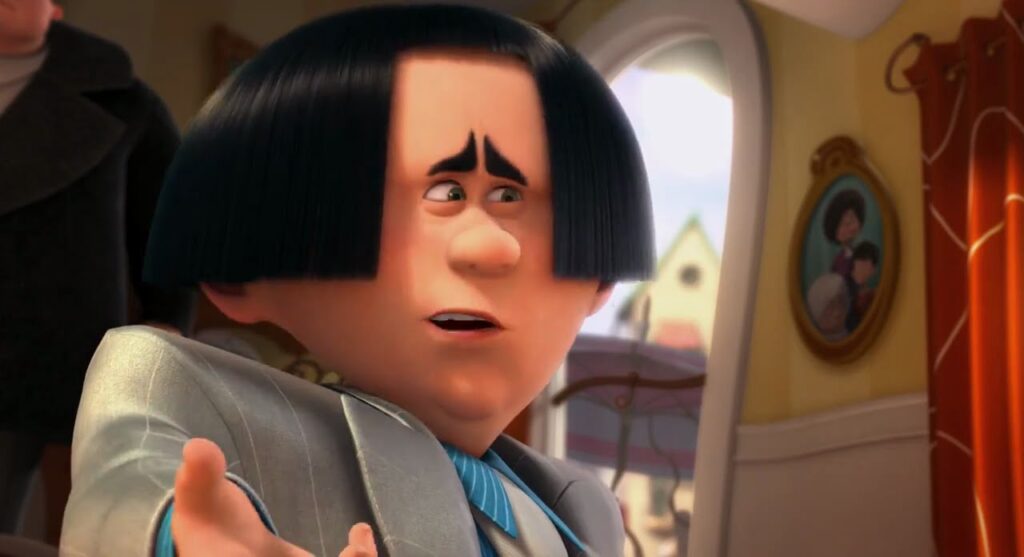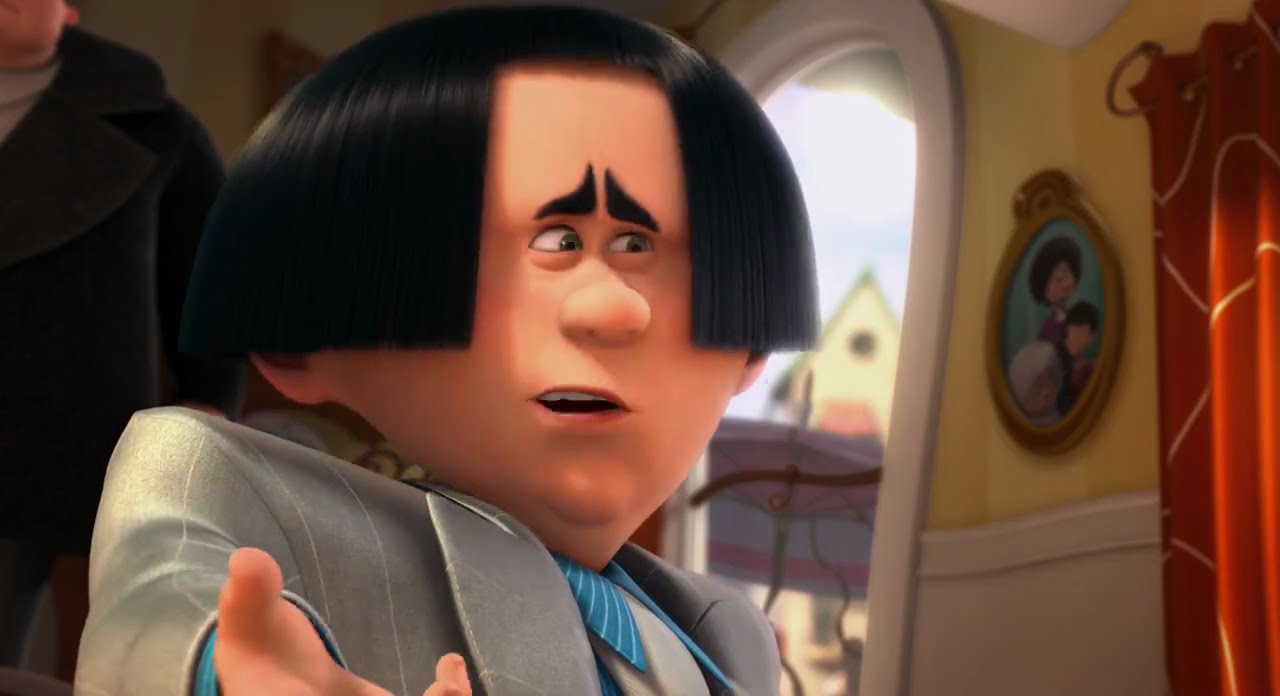
The Lorax vs. Mr. O’Hare: An Environmental Allegory for the Modern Age
Dr. Seuss’s The Lorax, a timeless tale of environmentalism, presents a stark contrast between the importance of preserving nature and the dangers of unchecked industrial greed. Within this narrative, the character of the Once-ler embodies the destructive force of industrialization, while the Lorax acts as the guardian of the Truffula Trees and the surrounding ecosystem. Interestingly, the themes explored in The Lorax resonate profoundly with contemporary issues, particularly when examining characters like Mr. O’Hare from the film The Lorax (2012). This article delves into the parallels and divergences between the Once-ler and Mr. O’Hare, exploring how both characters serve as cautionary figures regarding environmental responsibility and corporate ethics. The conflict between **the Lorax** and these figures highlights the ongoing tension between profit and preservation. Understanding this dynamic is crucial for navigating the complex environmental challenges we face today.
The Once-ler: A Study in Unchecked Ambition
In the original story, the Once-ler arrives in a pristine valley filled with Truffula Trees. Initially, he is captivated by their beauty, but his ambition soon overtakes his appreciation. He begins chopping down the trees to manufacture Thneeds, a versatile product that “everyone needs.” The Lorax, a creature who “speaks for the trees, for the trees have no tongues,” confronts the Once-ler, warning him of the ecological consequences of his actions. However, the Once-ler dismisses these concerns, driven by the allure of profit and the perceived demand for his product. His actions lead to the deforestation of the valley, the pollution of the air and water, and the displacement of the local wildlife.
The Once-ler’s transformation is gradual but devastating. He starts with a small operation, but as demand for Thneeds grows, he expands his factory, consuming more and more resources. He becomes increasingly isolated from the natural world, blinded by his pursuit of wealth. Ultimately, his greed leads to the complete destruction of the Truffula Tree forest and the collapse of his own business. The Once-ler’s tale serves as a cautionary example of how unchecked ambition and a disregard for the environment can lead to ecological and economic ruin. The story of **the Lorax** is a direct response to this destruction.
Mr. O’Hare: Capitalizing on Scarcity
The film adaptation of The Lorax introduces Mr. O’Hare, a character who embodies a more contemporary form of environmental exploitation. O’Hare is the mayor of Thneedville, a completely artificial city where the air is so polluted that residents must purchase bottled air. He profits immensely from this artificial scarcity, controlling the air supply and maintaining his power through fear and manipulation.
Unlike the Once-ler, who directly destroys the environment to create a product, Mr. O’Hare benefits from an already degraded environment. He doesn’t chop down trees; he profits from the absence of trees. He understands that if trees were reintroduced, his air-selling empire would collapse. Therefore, he actively suppresses any attempts to bring back nature, viewing it as a threat to his business. **Mr. O’Hare’s** actions represent a more insidious form of environmental exploitation, where the damage is already done, and the focus is on profiting from the consequences.
The contrast between the Once-ler and Mr. O’Hare highlights the evolution of environmental challenges. The Once-ler represents the initial stage of industrial destruction, while Mr. O’Hare represents the subsequent stage of profiting from the damage. Both characters, however, share a common thread: a prioritization of profit over environmental well-being. This makes the message of **the Lorax** even more relevant.
Similarities and Differences: A Comparative Analysis
Shared Characteristics
- Greed and Self-Interest: Both the Once-ler and Mr. O’Hare are driven by a desire for wealth and power. They prioritize their own self-interest above the well-being of the environment and the community.
- Resistance to Change: Both characters resist any attempts to change the status quo. The Once-ler ignores the Lorax’s warnings, while Mr. O’Hare actively suppresses efforts to reintroduce trees.
- Short-Sightedness: Both characters fail to recognize the long-term consequences of their actions. The Once-ler doesn’t foresee the collapse of his business, and Mr. O’Hare doesn’t consider the potential benefits of a healthy environment.
Key Differences
- Direct vs. Indirect Exploitation: The Once-ler directly destroys the environment, while Mr. O’Hare profits from an already degraded environment.
- Creation vs. Control: The Once-ler creates a product (Thneeds) that drives environmental destruction, while Mr. O’Hare controls a resource (air) that is scarce due to environmental destruction.
- Motivation: The Once-ler is initially driven by ambition and a belief in his product, while Mr. O’Hare is primarily motivated by a desire to maintain his power and wealth.
The Lorax: A Voice for the Voiceless
The Lorax stands in stark contrast to both the Once-ler and Mr. O’Hare. He is a passionate advocate for the environment, tirelessly warning against the dangers of unchecked industrialization. He speaks for the trees, the animals, and the entire ecosystem, reminding us of the importance of preserving nature for future generations. The **Lorax**’s message is one of responsibility, urging us to consider the consequences of our actions and to prioritize environmental well-being.
The Lorax’s efforts are ultimately unsuccessful in preventing the destruction of the Truffula Tree forest. However, his legacy lives on in the form of the last Truffula Tree seed, which he entrusts to a young boy. This seed represents hope for the future, a chance to restore the environment and learn from the mistakes of the past. The story emphasizes that even in the face of seemingly insurmountable challenges, there is always hope for change.
The Enduring Relevance of The Lorax
The themes explored in The Lorax remain profoundly relevant today. As we grapple with climate change, deforestation, pollution, and other environmental challenges, the story serves as a powerful reminder of the importance of environmental stewardship. The characters of the Once-ler and Mr. O’Hare represent the dangers of prioritizing profit over the environment, while the Lorax embodies the importance of speaking out for the voiceless and advocating for a sustainable future. The message of **the Lorax** is more important than ever.
The story encourages critical thinking about consumerism, corporate responsibility, and the role of individuals in protecting the environment. It prompts us to question the values that drive our society and to consider the long-term consequences of our actions. By understanding the lessons of The Lorax, we can work towards creating a more sustainable and equitable future for all. The conflict between **the Lorax** and those who seek to exploit the environment remains a central theme in contemporary environmental discussions.
Applying the Lessons of The Lorax to Modern Challenges
Understanding the dynamics between **the Lorax**, the Once-ler, and **Mr. O’Hare** can help us better address contemporary environmental challenges. We can apply the lessons of the story to issues such as climate change, deforestation, and pollution, recognizing the importance of balancing economic development with environmental protection. The story highlights the need for stronger regulations, greater corporate responsibility, and increased public awareness. [See also: Corporate Social Responsibility and Environmental Impact]
Furthermore, The Lorax encourages us to be more mindful consumers, making informed choices about the products we buy and the companies we support. By supporting businesses that prioritize sustainability and ethical practices, we can help create a more environmentally responsible economy. The story also emphasizes the importance of individual action, reminding us that even small changes in our daily lives can make a difference. [See also: Sustainable Living: A Guide to Eco-Friendly Practices]
Conclusion: Speaking for the Trees in the 21st Century
The Lorax is more than just a children’s story; it is a powerful allegory for the modern age. The characters of the Once-ler, **Mr. O’Hare**, and the Lorax represent the ongoing struggle between profit and preservation, between greed and responsibility. By understanding the lessons of this timeless tale, we can work towards creating a more sustainable and equitable future for all. The message of **the Lorax** resonates across generations, urging us to speak for the trees and to protect the environment for future generations. The story calls for a re-evaluation of our priorities and a commitment to environmental stewardship. The contrasting figures of **the Lorax** and those like the Once-ler and **Mr. O’Hare** serve as constant reminders of the choices we face. Ultimately, the future of our planet depends on our willingness to learn from the mistakes of the past and to embrace a more sustainable path forward. The story of **the Lorax** challenges us to become better stewards of the environment, ensuring that the Truffula Trees, and all that they represent, continue to thrive for generations to come. We must remember the lessons of **the Lorax** to prevent future environmental degradation. The relevance of **the Lorax** continues to grow as environmental concerns become more pressing. The core message of **the Lorax** is one of responsibility and action. Even today, the tale of **the Lorax** serves as a powerful call to environmental consciousness. The enduring message of **the Lorax** is a testament to its timeless relevance.

